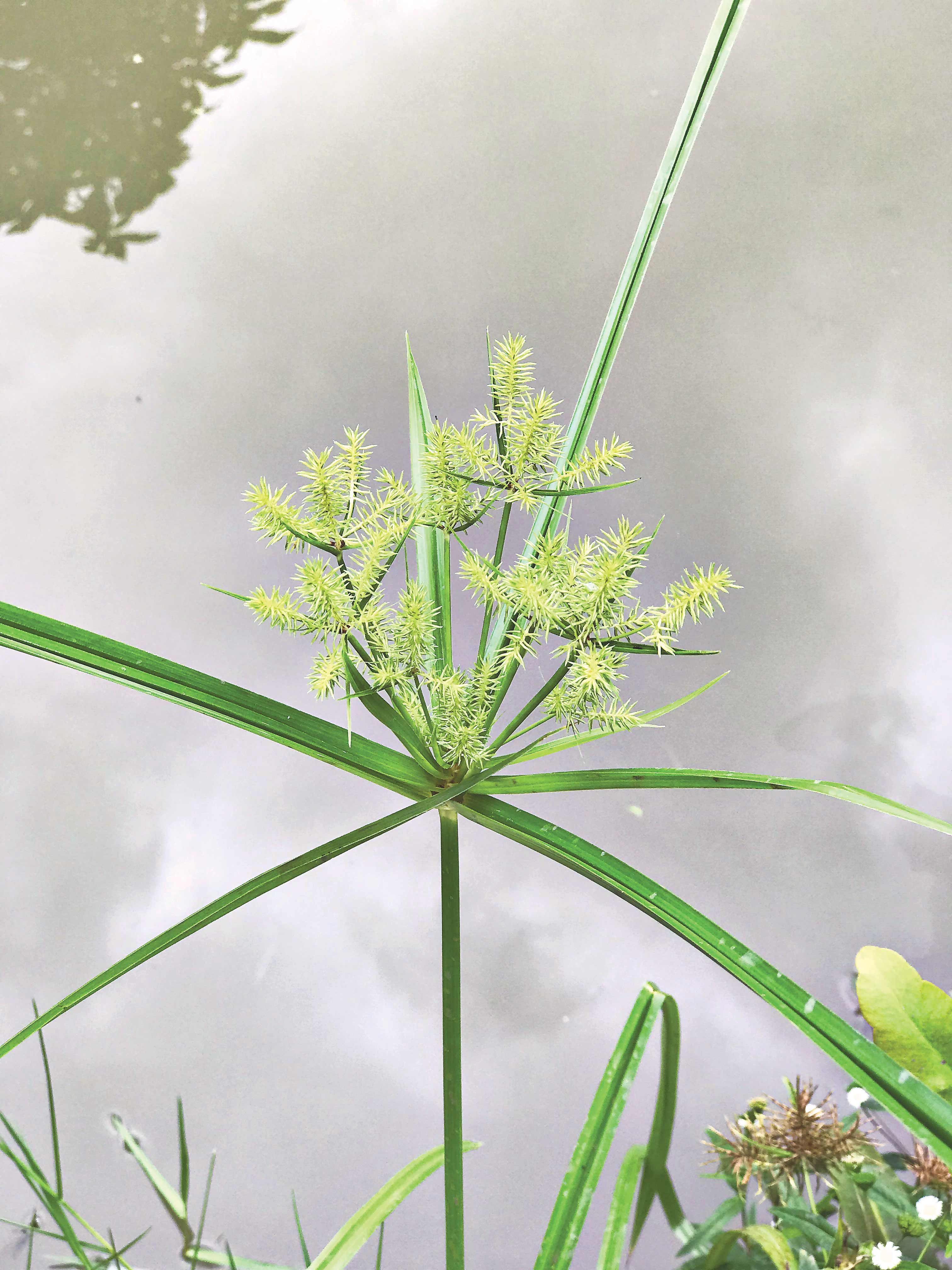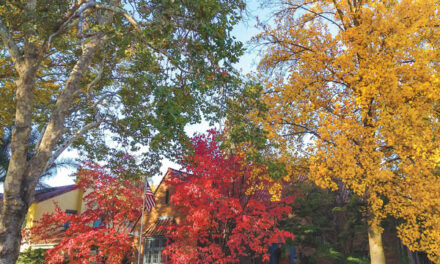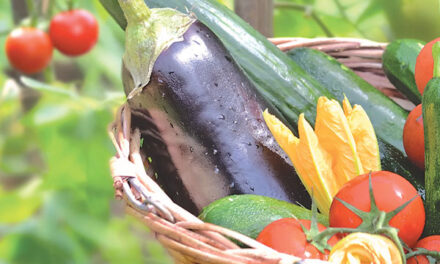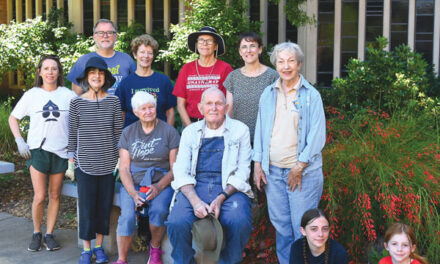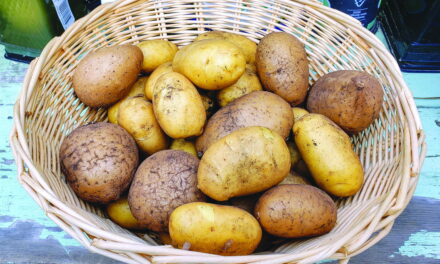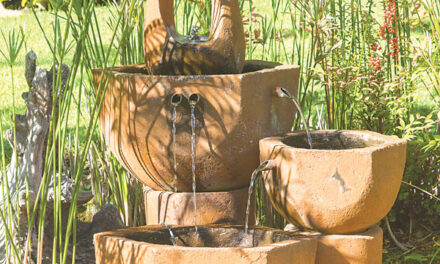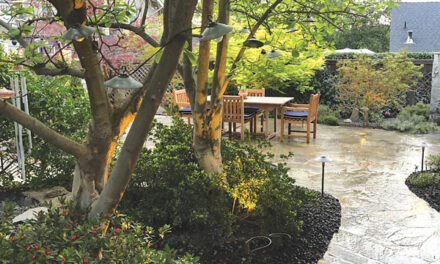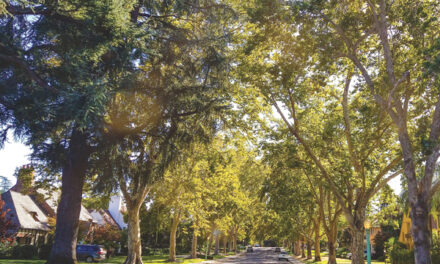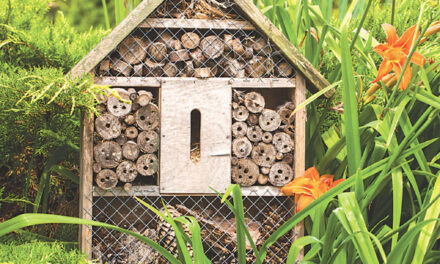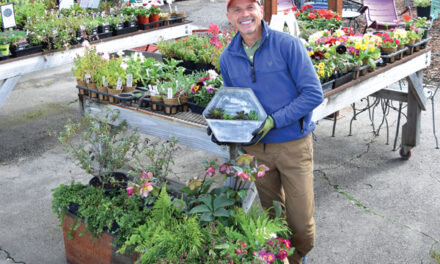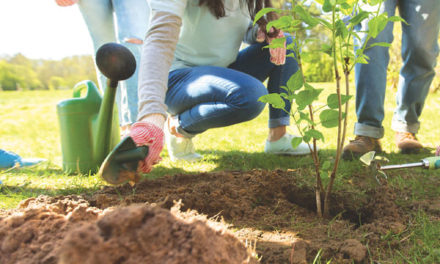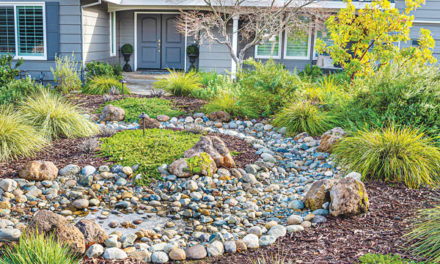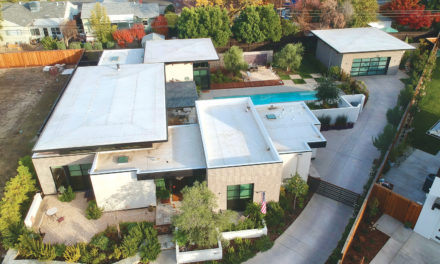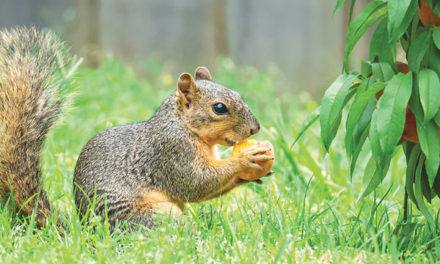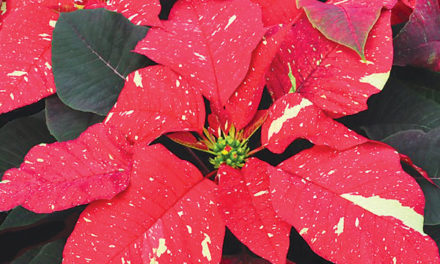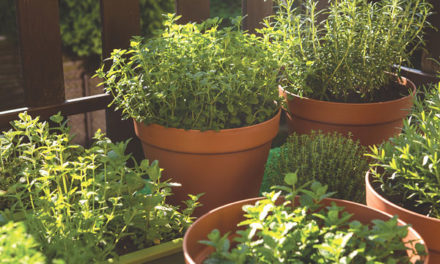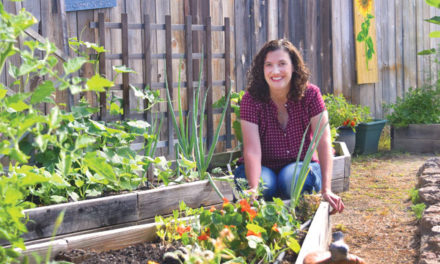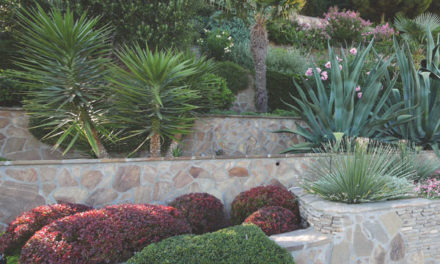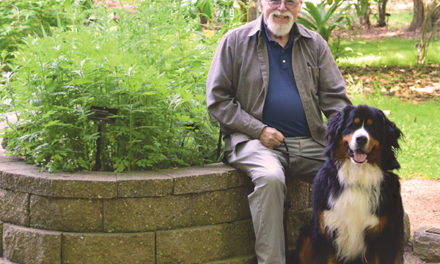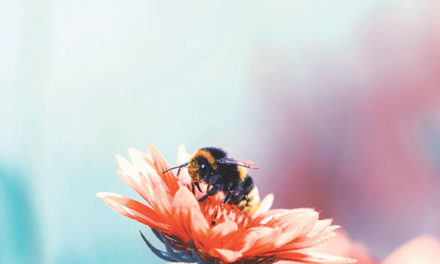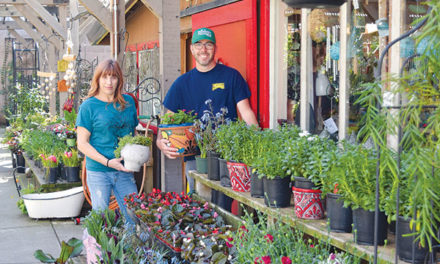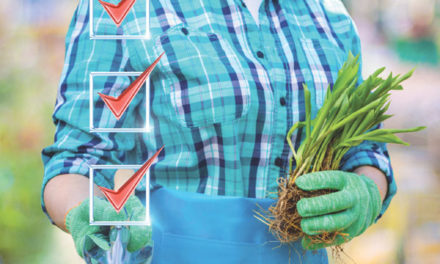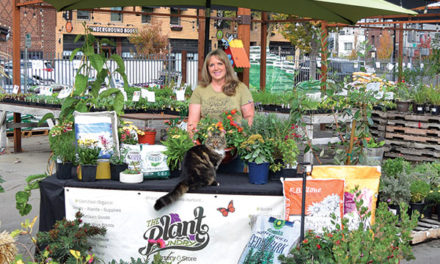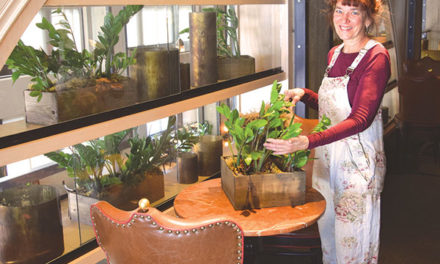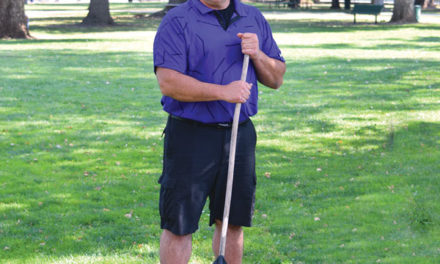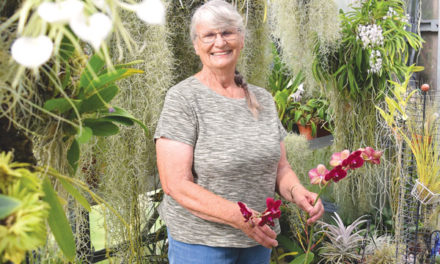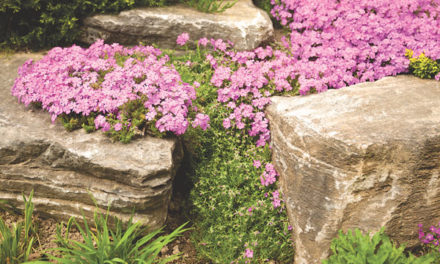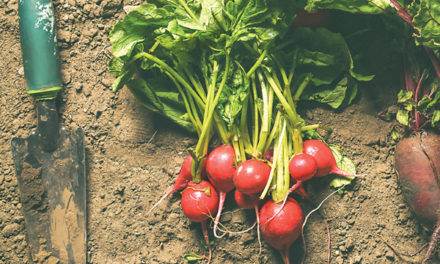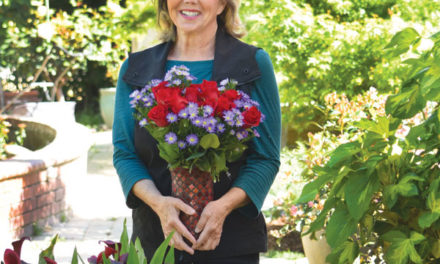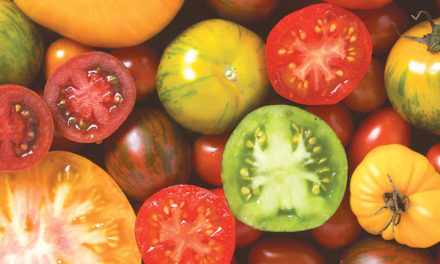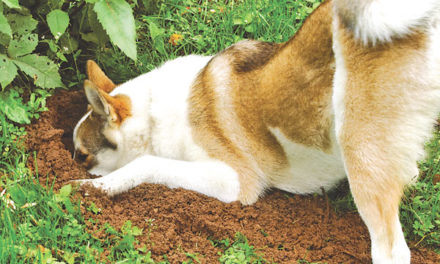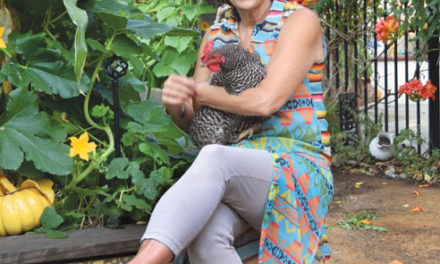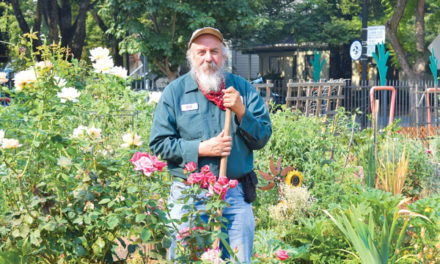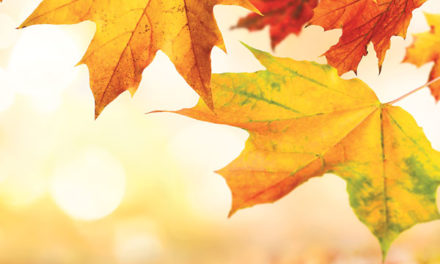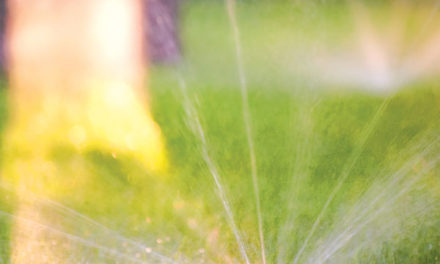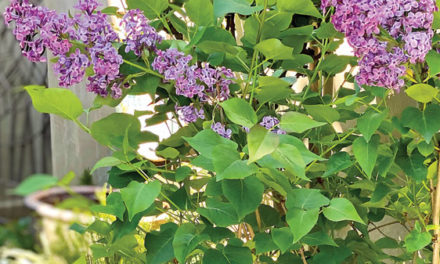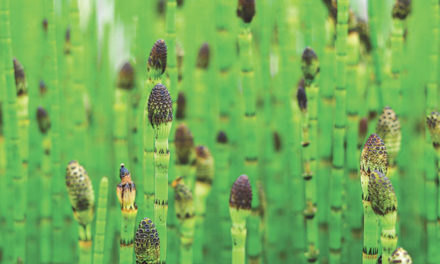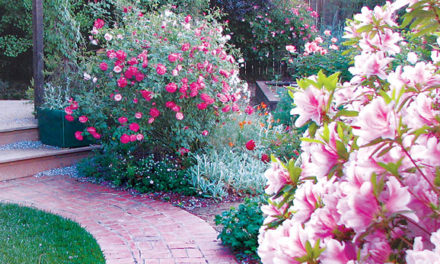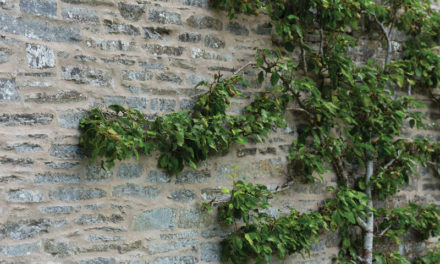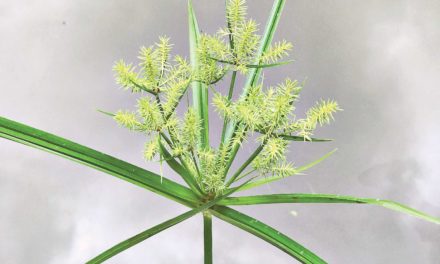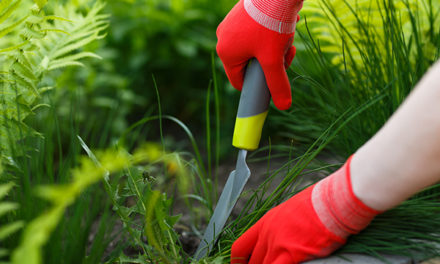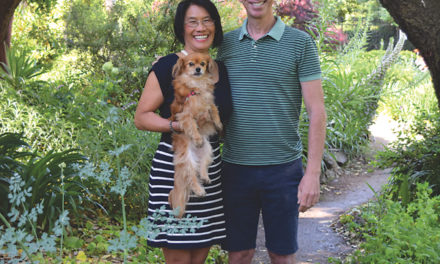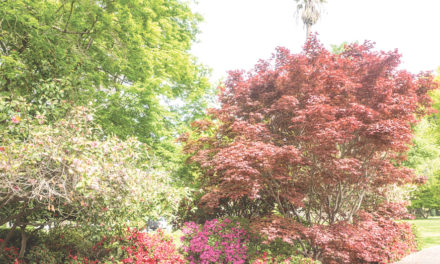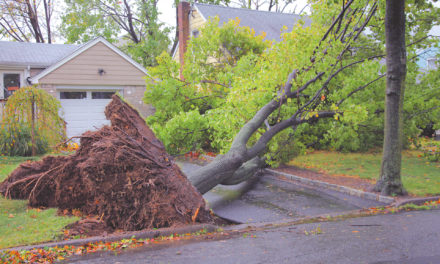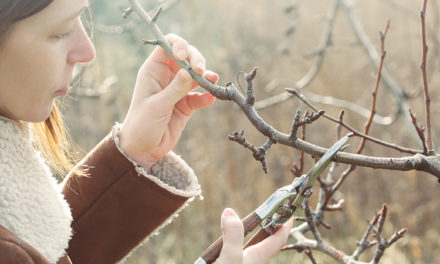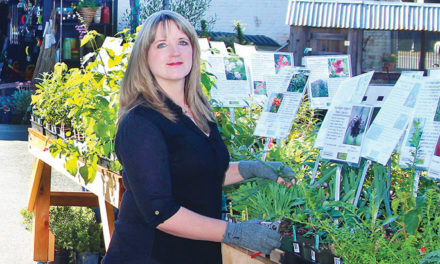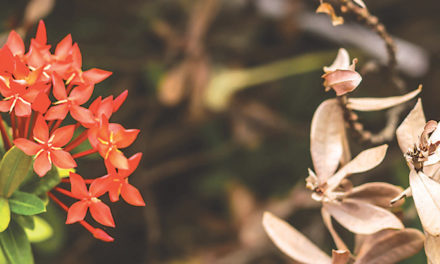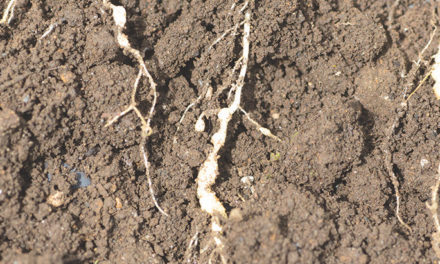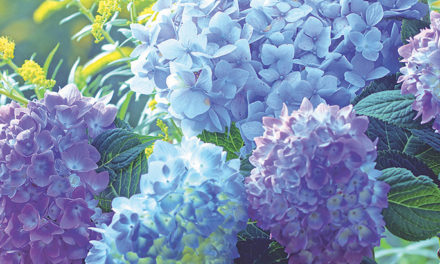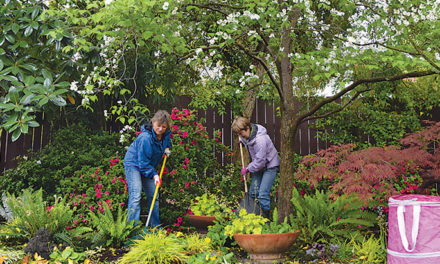Nasty Nutsedge
Win the weed war against this notorious opponent
By Anita Clevenger
July 2019
A friend sent me a photo of a dramatic flowering stem displayed proudly in a vase. It looked a bit like a floral firework, with a single triangular stalk topped by spiky leaves, centered with clusters of little white flowers. “What is this plant?” she asked. She had been told that it was papyrus, which it resembles, but she feared it was something bad. It was.
My friend’s plant was nutsedge, a decidedly nasty weed. It’s often called nutgrass, but the name is wrong. Grass has hollow round stems and leaves that emerge in pairs. Sedge has edges with solid triangular stems and leaves in groups of three. If nutsedge is growing in your lawn, you will notice that its leaves are thicker, shinier and lighter colored than surrounding grass.
Nutsedge is notoriously hard to control because of its small round tubers that grow up to 14 inches deep along the roots. Until it is completely removed or depleted, nutsedge will keep growing back.
It’s best to prevent nutsedge from establishing. Dig out any new plants as soon as you see them, ideally before they have produced five leaves and begun to form new tubers. Nutsedge can be a sign of soggy soil, so you may need to correct a drainage problem, cut back on irrigation times or fix a leaky sprinkler.
What should you do if nutsedge has taken over? Many familiar weed-control techniques don’t work very well. Nutsedge will grow right through mulch. Its sharp edges will pierce most weed barrier-fabrics, although certain non-woven types are more effective. Tilling the soil can make matters worse by distributing the tubers further. Reducing irrigation can help, but mature nutsedge can tolerate drought.
It’s a lot of effort, but an effective approach is to methodically dig deep enough to remove the tubers, using a narrow trowel or weeding tool. You must do this again and again, because you will inevitably miss some tubers. Keep watching for regrowth and dig it out. If you give up too soon, the tubers will regenerate and you’ll be back where you started.
No herbicide will control mature nutsedge, but there are some products, such as Sedgehammer, that are effective if applied to young plants before they are at the five-leaf stage. Always read and follow herbicide directions carefully, including intervals between application. Be careful that you don’t damage surrounding garden plants. Consider painting or wiping herbicide onto nutsedge leaves rather than spraying.
Nutsedge is a formidable opponent but you can win the war against it. Think of it as a series of battles, not just a single skirmish.
University of California Master Gardeners can help identify weeds and other plants if you bring a sample or photo to their office at 4145 Branch Center Road or to their information table at community events. Master Gardeners also will have a booth at this year’s State Fair July 12–28.
To figure out a weed yourself, UC has developed good online tools. Go to ipm.ucanr.edu/pmg/menu.weeds.html for a weed gallery, a key to identifying weeds and a Pest Note that provides specific management advice.
Anita Clevenger is a lifetime Sacramento County Master Gardener. Follow us on Facebook, Twitter and Instagram: @insidesacramento.
For answers to gardening questions, contact the UC Master Gardeners at (916) 876-5338 or mgsacramento@ucanr.edu, visit sacmg.ucanr.edu.


